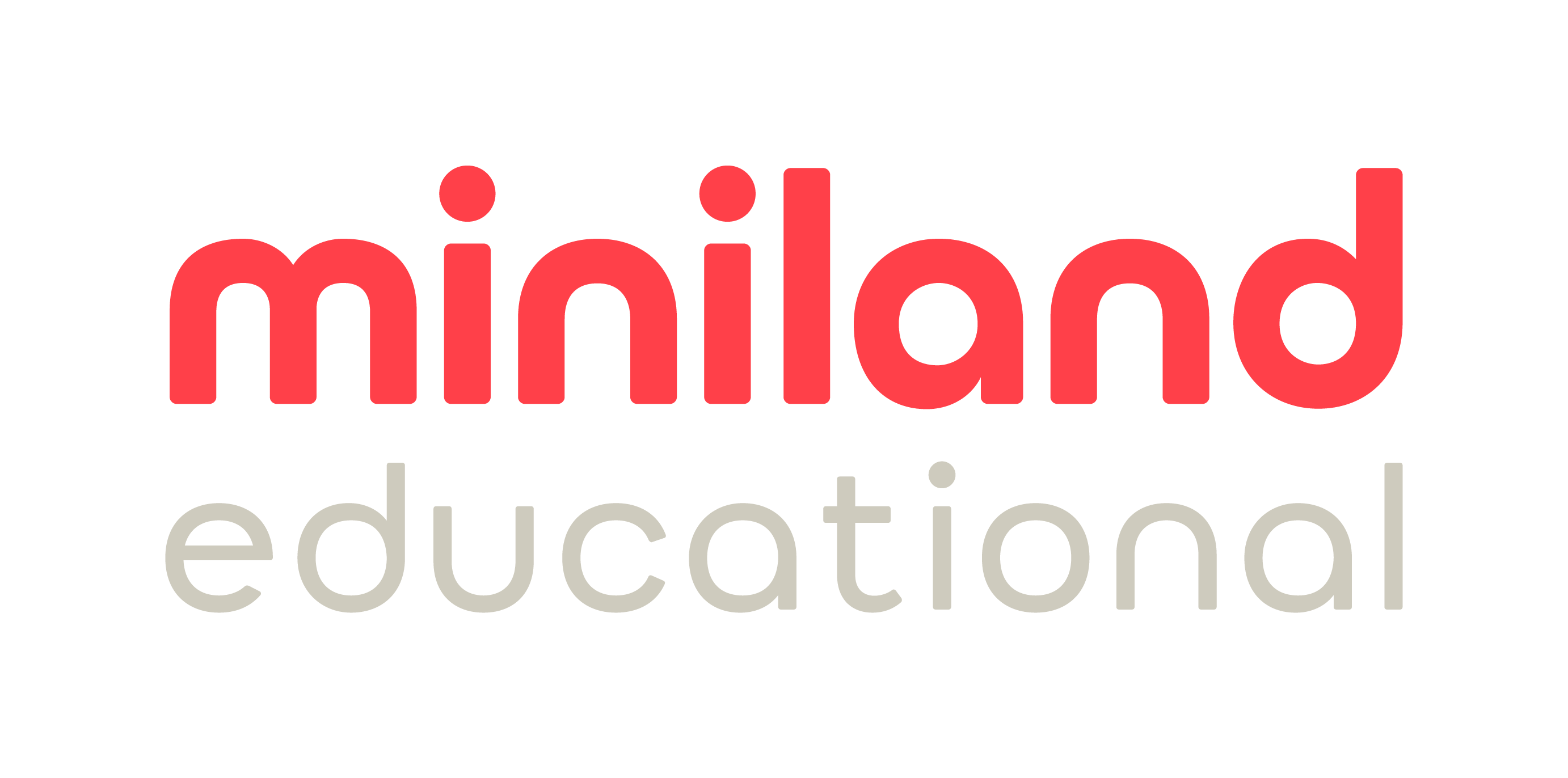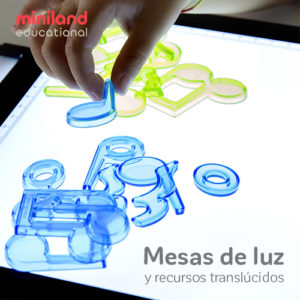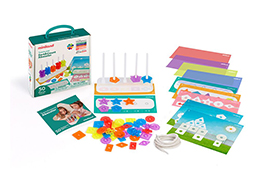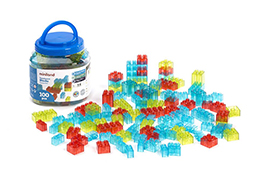According to this theory, we aren’t just visual and auditory learners—The traditional notion of intelligence is far too limited. According to Gardner, the different intelligences “challenge an educational system that assumes that everyone can learn the same materials in the same way and that a uniform, universal measure suffices to test learning.”
Here are the different learning styles:
Logical-Mathematical: This type of intelligence involves thinking conceptually and logically. People with this type of reasoning that incorporates deductive and inductive thinking, can solve problems with the use of numbers and abstract pattern recognition.
Linguistic: These types of learners have well-developed verbal and auditory skills. They like reading, word games, and storytelling. They learn through reading and spoken words. The ABC Monster from Miniland is a great tool to assist this kind of learning. Students can feed the monster with letters and form words. It’s a fun way to learn how to read and write.

Visual-Spatial: Much like an architect or a sailor, visual-spatial learners can think in terms of physical space and have the capacity to visualize accurately and abstractly. They learn most easily through drawings, verbal, and physical imagery.
Body-Kinesthetic: These learners have a keen sense of their body awareness and have the ability to effectively control physical motion. They can be taught through physical activity and hands-on learning. Follow the Bigfoot is a cooperation game that involves movement and navigation. Learners need to walk on the cut-out footprints and try to find hidden Bigfoot. There are also obstacles they need to overcome which helps with cooperation and lateral thinking.
Musical-Rhythmic: These learners have the ability to produce music and rhythm. They’re sensitive to sounds and can learn with music playing in the background.
Interpersonal: These learners are social and can learn through interacting with others. They can communicate effectively and are able to develop relationships quite easily.
Intrapersonal: This focuses on the ability to understand one’s own interests and emotions. These learners are in tune with their inner feelings, motivations, values, and beliefs. BBQ Emotions is a Miniland toy that helps kids recognize and manage their emotions. It’s shaped like a skewer, and can help kids recognize and understand 10 different emotions. They can play individually or in a group, which is great for both interpersonal and intrapersonal ways of learning.

As a teacher, it may seem hard to teach all of these learning styles, especially when the verbal-linguistic and logical-mathematical intelligences are traditionally the most common. But with a mix of media, toys, and tools, it becomes so much easier to incorporate all of the learning styles into your classroom. For example, Mindful Kids from Miniland is a great way to teach kids self-awareness. It’s also geared to improve children’s mental and physical health. Dictate & Shape is a fun visual dictative game that promotes active listening, mental agility, and critical thinking.
Miniland has a wide range of toys that are educational as well as entertaining. Have a look at our speciality toys and games that will keep your students busy for hours at a time.





